8. Audition (1999)

Although tame by comparison, 1999’s Audition has been a highly influential film on the extreme horror genre. Released in 1999, this Japanese horror film essentially kicked off the “J-Horror” craze of the early 2000s and cleared the way for future of torture porn and other extreme horror films to enter the mainstream.
A lonely widower is encouraged by his friends and son to begin dating. Since he is awkward with women, they arrange for mock “auditions” for the position, with the goal that he will marry the most beautiful one. After the first round of interviews, he finds himself falling for a former ballerina who had to quit after an injury. But after he begins dating her, she turns out to be very possessive of his attentions, which leads to one of the most infamous torture scenes in modern film history.
Directed by Takashi Miike, who is no stranger to depicting extreme acts in his films, Audition was a crossover hit to Western audiences who previously were unfamiliar with J-Horror. Its slow burn that leads to an explosive ending may seem a little old-fashioned at this point, but when it gets to the point where needles are being stuck in people’s eyes and a foot is amputated with piano wire, extreme horror fans will see just why this film has retained its notoriety to this day.
7. Antichrist (2009)
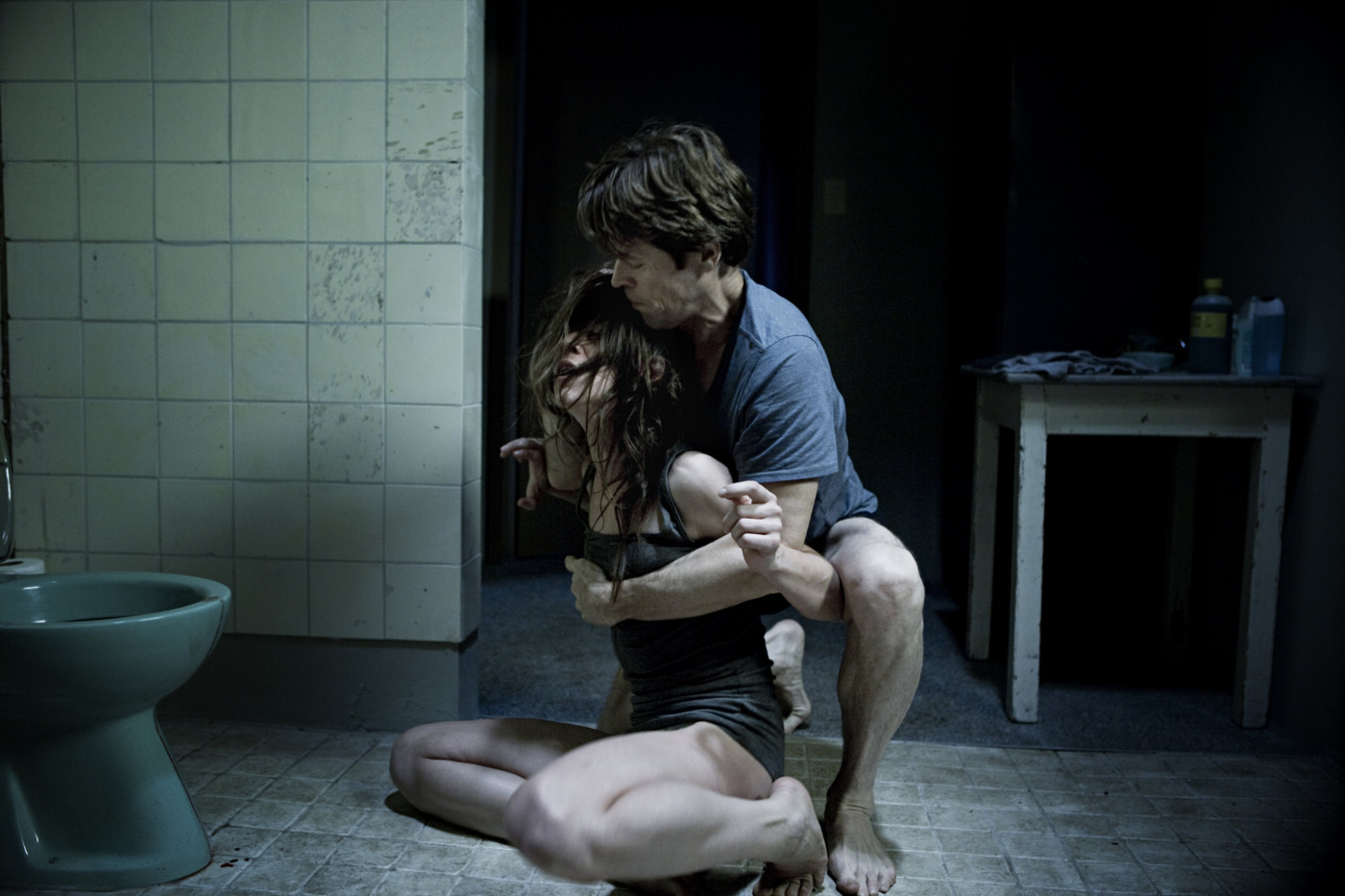
Let’s talk about Lars von Trier for a moment. This Danish filmmaker has produced some of the darker, more cerebral, and usually unpleasant films of recent memory. Seemingly obsessed with depression and existentialism, his work is not what you could consider light fare. But with Antichrist, von Trier’s emotional health could be called into question.
Starting off with the abrupt death of a young boy and ending with a woman cutting off her own clitoris with a pair of scissors, Antichrist is difficult, upsetting material to watch. Ostensibly following the mental breakdown of a woman who’s racked with guilt and grief over the death of her son, the sinister overtones of Antichrist and stark black-and-white isolation of its characters in the foreboding woods makes this a haunting, disturbing horror film that addresses–in no uncertain terms–grief, sexual dysfunction, mental and physical abuse, and self-harm.
Von Trier may be one of the most acclaimed filmmakers in the world, but Antichrist will leave viewers (well, those that make it to the end) wonder if there isn’t something deeply wrong with the man.
6. The August Underground trilogy (2001-2003)
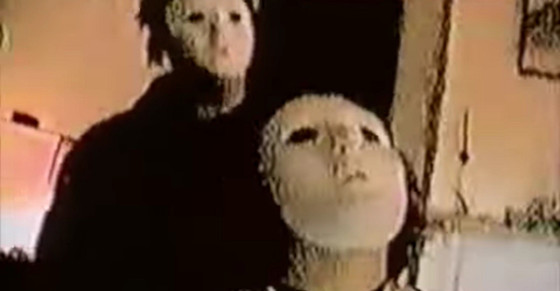
More of a collection than just one film, The August Underground trilogy (2001-2007) is recommended as a whole due to the continuity of the entire series. Starting with August Underground (2001) and continuing with August Underground’s Mordum (2003) and August Underground’s Penance (2007), the series is written by, directed, and starring Fred Vogel, an independent filmmaker who has certainly made his mark on the extreme horror genre.
Part of what gives the August Underground trilogy its air of authenticity is that the films were made with a VHS camcorder, which gives the films a lo-fi feel and the horrifying acts depicted their realism.
Following the increasingly brutal acts of Peter (Vogel), who kidnaps and tortures people in his basement, murders random people, and in general abuses anybody that crosses his path. Subsequent films include Peter having a relationship with a young woman who has a sexual relationship with her mentally challenged brother, more brutal murder, rape, child sexual abuse, cutting a baby out of a woman’s stomach, and suicide.
To say the August Underground trilogy is disturbing is an understatement: these are films made far outside of the mainstream by someone wholly committed to creating films that push numerous boundaries of what’s allowed on film. Its documentary-like presentation is unsettling, as is Vogel (writer/producer/star), who plays a homicidal maniac with an unnerving authenticity. As close to a snuff film as any film gets, the August Underground trilogy may even make fans of extreme horror a little squeamish.
5. Nekromantik (1987)
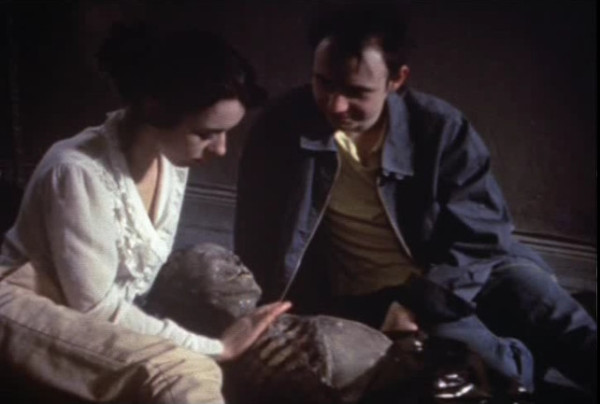
Rob is just a meek, normal German that lives with his girlfriend and works as a cleaner. But he cleans bodies off the streets after car accidents, and he and his girlfriend are necrophiliacs, so after a long day at work he goes home and plays with preserved body parts while his girlfriend takes a bath in blood. He comes across a lucky find one day and finds a waterlogged corpse from work, with which he and his girlfriend have a threesome. But his life quickly takes a downward turn as he’s fired from his job and his girlfriend takes off with the corpse. Rob soon spirals into madness and murder, with grisly consequences.
Nekromantik has garnered controversy from the moment it was released in 1987 for its taboo-breaking content. Mixing several genres–splatter, exploitation, softcore pornography, and black comedy–Nekromantik is a film not for everybody but has become a must-see for fans of extreme horror. It’s certainly unpleasant, but those looking for the most unpleasant horror will find it in this movie.
4. Men Behind The Sun (1988)
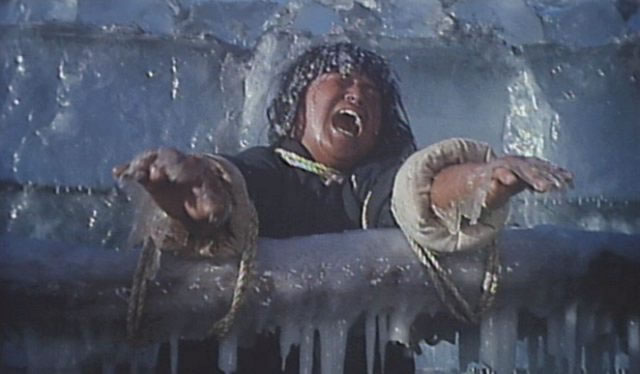
Is there anything more horrifying than reality? The true crime genre has a wide audience because many people cannot find in fiction stories that top the extreme unpleasantness that their fellow humans have enacted in real life. History is one long horror story, in many respects, and one need not stray any further back than the 20th century to uncover some of the more horrifying acts that have been perpetrated en masse to entire groups of people.
Although the Holocaust is often a go-to example of man’s inhumanity to man, the less-discussed atrocities the Imperial Japanese Army–specifically its Unit 731–committed against captured Chinese and Soviet prisoners during the war.
Specifically, Men Behind The Sun belongs to the rarified “historical horror” genre–one that depicts historical events that are nearly indistinguishable from fiction except for their veracity. This film depicts the various medical, biological, and chemical weapon experiments Unit 731 carried out on its prisoners, and it’s often difficult to watch for both its brutality and that it is rooted in historical fact.
Some experiments include: a woman having her arms first frozen and then dipped in hot water so that her flesh strips away; a man being imploded inside of a pressure chamber; a man having his arms flash frozen and his fingers beaten off with a pipe; and other generally horrifying atrocities that are made all the worse with the idea that this actually happened to people in real-life.
This film has been censored all around the world since its release for various reasons, some involving having an actual cat and rats being killed on-screen and others because the sheer brutality of the film made many censors uncomfortable in releasing the film. It’s a horror show to watch made all the more unnerving by its roots in authentic history.
3. Cannibal Holocaust (1980)
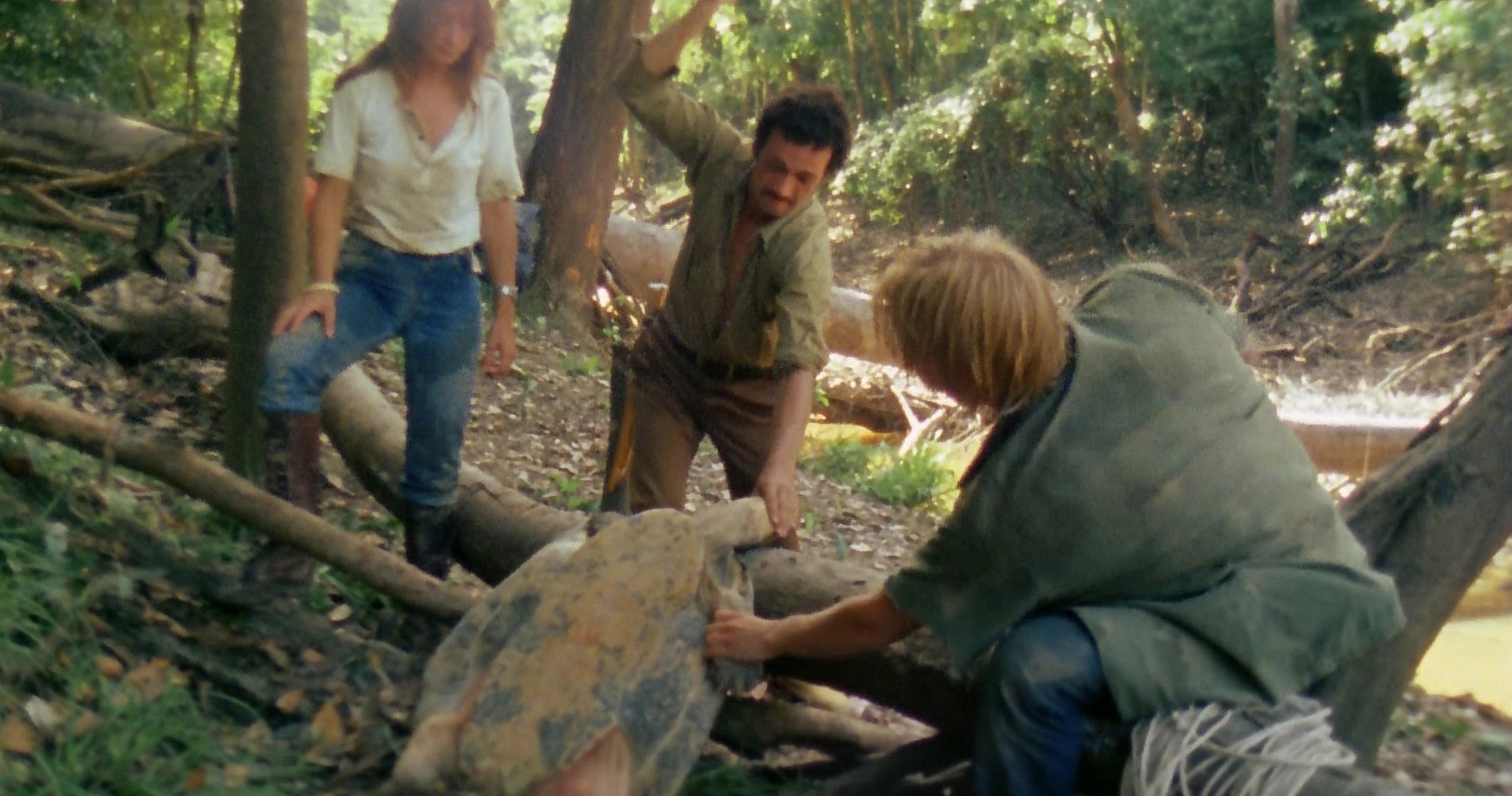
The granddaddy of the extreme horror genre is 1980’s Cannibal Holocaust. Shot cinema verite, it was light-years ahead of the genre in its presentation as a “documentary.” An anthropologist travels to the Amazon rainforest in an attempt to rescue a film crew that has disappeared during filming in the jungle. After gaining the trust of the local tribe, he is horrified to find that the crew had been sacrificed but negotiates with the tribe to give him their film reels.
What he finds on the reels, however, is the horrifying actions of the film crew against the native tribe, which includes massacring a group of them for footage and gang-raping one of the young members of their tribe. The rest of the footage shows the fate of the film crew after the tribe enacts their revenge.
Cannibal Holocaust has been a controversial film since its release, with the film being confiscated in its own country and banned throughout the world. However, it was also a humungous box-office success, being the second-highest grossing film of all time in Japan after ET: The Extra-Terrestrial and eventually collecting $200 million in box office receipts around the world.
Critics remain divided on the film. While it was a pioneer in the “found footage” genre of horror films, the wildly racist depictions of the Amazon natives and overall disgusting acts that are depicted in the film have found many detractors over the years. But Cannibal Holocaust is potentially patient zero of the “extreme horror” movement and one that’s gained a strong cult following since its release over 35 years ago.
2. A Serbian Film (2010)
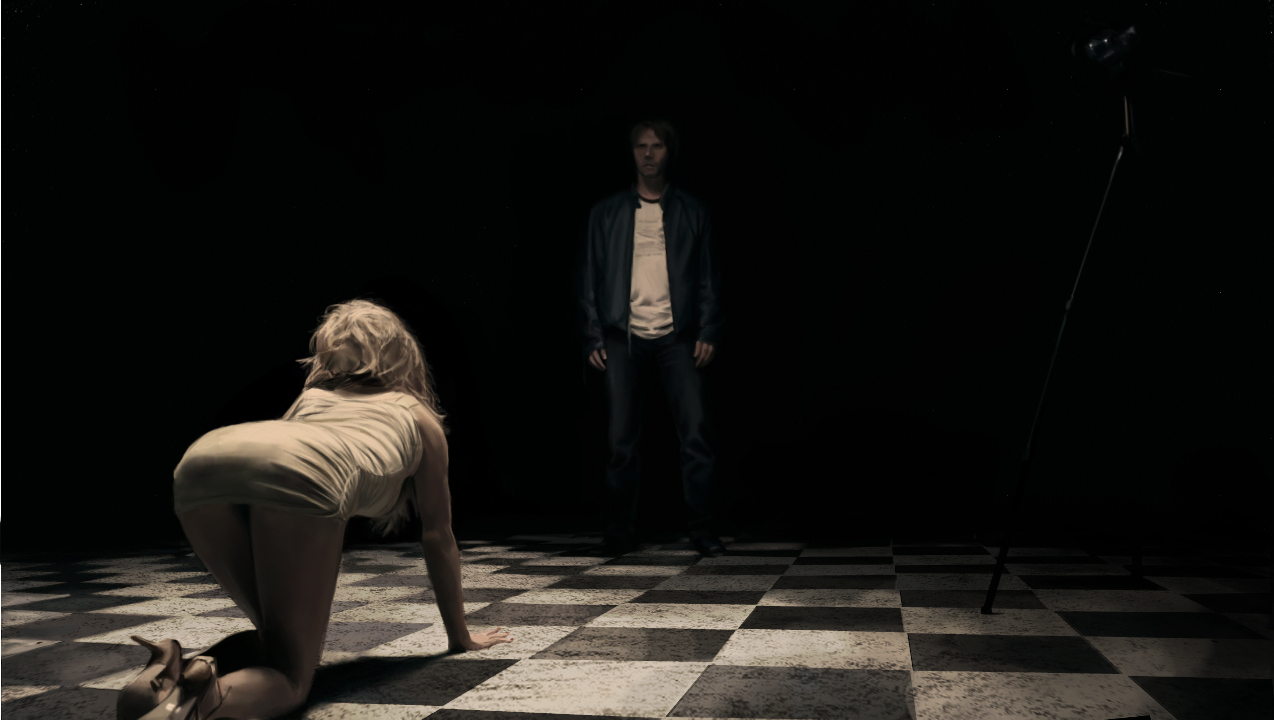
No list about extreme films is complete without 2010’s A Serbian Film. And for good reason: it’s one of the most upsetting films ever made. Featuring rape, necrophilia, child sexual abuse, and violent murder, A Serbian film is an unbelievably hard film to watch.
Following the increasingly diminishing circumstances of Milos, a former Serbian soldier and porn star who needs to make money to support his family, he’s approached by an independent filmmaker who’s making some sort of arthouse porn film that he wants to cast.
At first the shoot goes as usual, with regular porn setups and him performing as usual.. But the scenarios become darker and darker until eventually Milos is exposed to the producer’s monstrous aims, which includes a nightmarish new genre he calls “newborn porn.” But that’s not the worst of what Milos experiences, as he is drugged and–under heavy sedation–engages in one of the most horrifying acts ever committed to film.
A Serbian Film is a horror movie that takes place in a normal world–a disturbed world, but one that the viewer recognizes. Explained as a metaphor for the horrors Serbia experienced during their long, ugly civil war, it has been banned in eight countries (for relatively good reason, considering its content) and remains one of the most extreme movies ever made. Watch at your own risk.
1. Martyrs (2008)
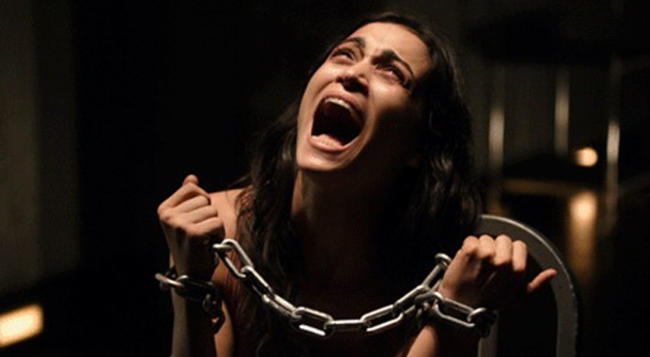
A young girl escapes from being physically abused for a long period of time, running injured and barefoot into the streets. The scene abruptly cuts to a family arguing over breakfast in their domesticity until a knock at their door interrupts. Then with an eruption of gunfire, the family is gruesomely picked off one by one by a young woman, who believes the parents were responsible for her imprisonment and torture long ago.
When she and her accomplice discover the hidden complex beneath the house that contains a thoroughly tortured young girl, this confirms their suspicions. But they’re not alone, and soon these young women are subjected to horrifying torture at the hands of a cult that believe inflicting excruciating pain is the path to uncovering secrets of the afterlife.
Martyrs is a gritty, incredibly violent film that’s part of the New French Extremity movement. Polarizing critics and audiences alike upon release for its unrelentingly bleak story and visceral violence on display. Some hailed it a new benchmark for the level of brutality that a horror film can depict on-screen while others dismissed this as a cover for a less-than-engaging story. But as far as extreme films goes, Martyrs is consistently included on lists like this for good reason.
Author Bio: Mike Gray is a writer whose work has appeared on a number of websites and maintains a TV and film website at MeLikeMovies.com.